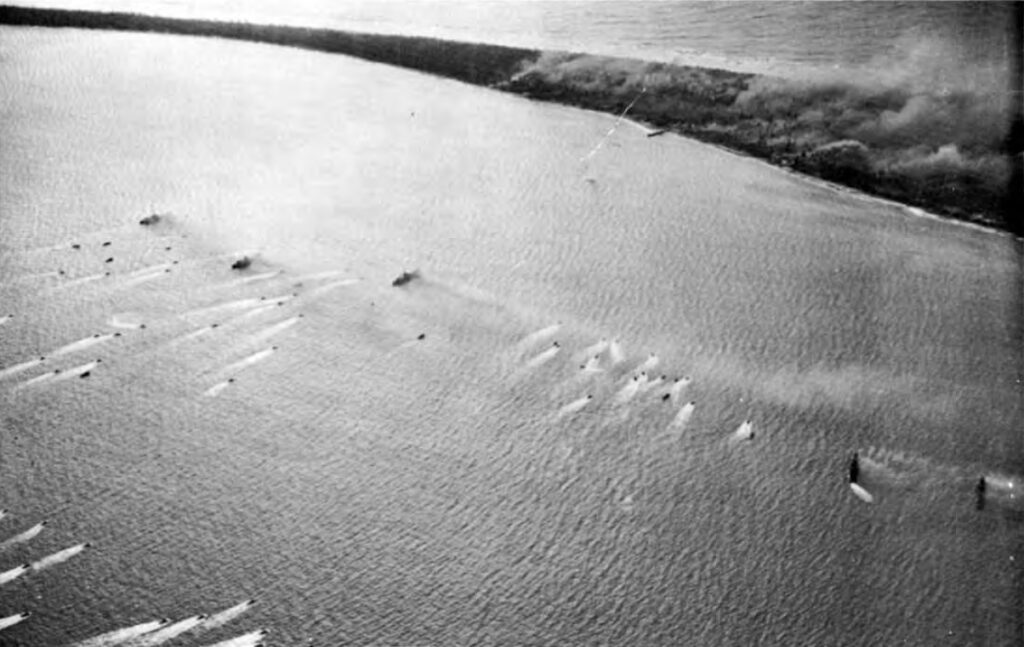On February 20th, 1944, a key event in World War II history happened – the Allied forces' assault on Enewetak Atoll's island near the Marshall Islands. This battle was praised for its careful strategy and planning, which ultimately helped to secure control over this Pacific outpost for the betterment of Allied forces as well as helping to hasten their eventual victory over Japan.
The battle itself took place during a more extensive campaign known as Operation Catchpole, which was geared toward fighting Japanese strongholds occupying many islands throughout the region. Enewetak, in particular, had been chosen due to its strategic importance. It served as an airbase from which enemy planes were regularly being launched against nearby locations – including U.S. ships near Ulithi Atoll.
Setting Up For Success
Before any bombardment occurred, a marines team spent several days surveying and mapping out various areas on the island. They determined where enemy encampments were situated and prepared an appropriate plan of attack – one they hoped would simultaneously help them seize control while avoiding massive losses on either side. In preparation for their offensive, 17 Army units and Navy ships were dispatched to provide support, ranging from various infantry to heavy artillery pieces.
In addition to gathering more personnel, intelligence reports came through detailing critical information about potential resistance tactics that could be expected upon arrival, including potential sites for defensive positions or locations already established by Japanese forces at the time of approach. Therefore, all invaluable factors were considered when creating an effective assault plan that enabled them to identify such spots ahead of time.
The Aftermath
Over seven days, the fight raged on. Finally, allied forces captured Enewetak from Japanese control and built airstrips, allowing more aircraft to join the fray. Eventually, all Japanese holdouts were eliminated, though both sides suffered heavy losses due to cannons mounted atop nearby hills.
The implacable effort put forth by soldiers taking part in this battle earned them praise, honor, and recognition.
Looking Back Now
Numerous memorials have since been built honoring both sides’ sacrifices made during this conflict. In addition, locals often come together each year around the time the battle initially unfolded to remember the victory achieved and the lives lost along the way.

